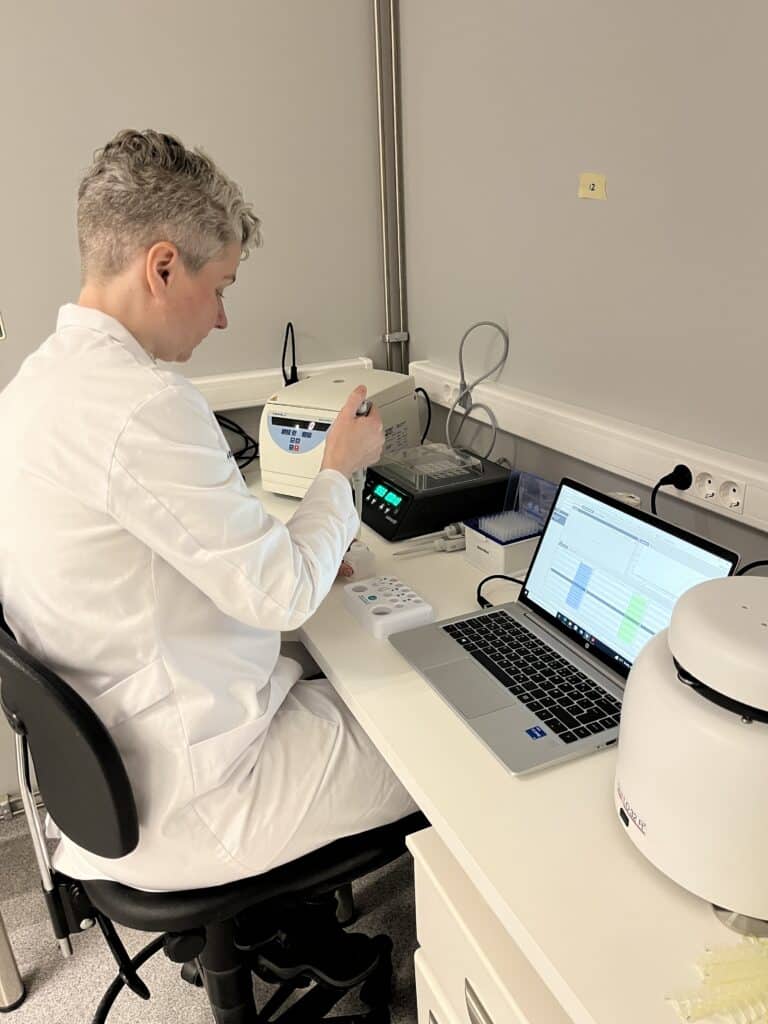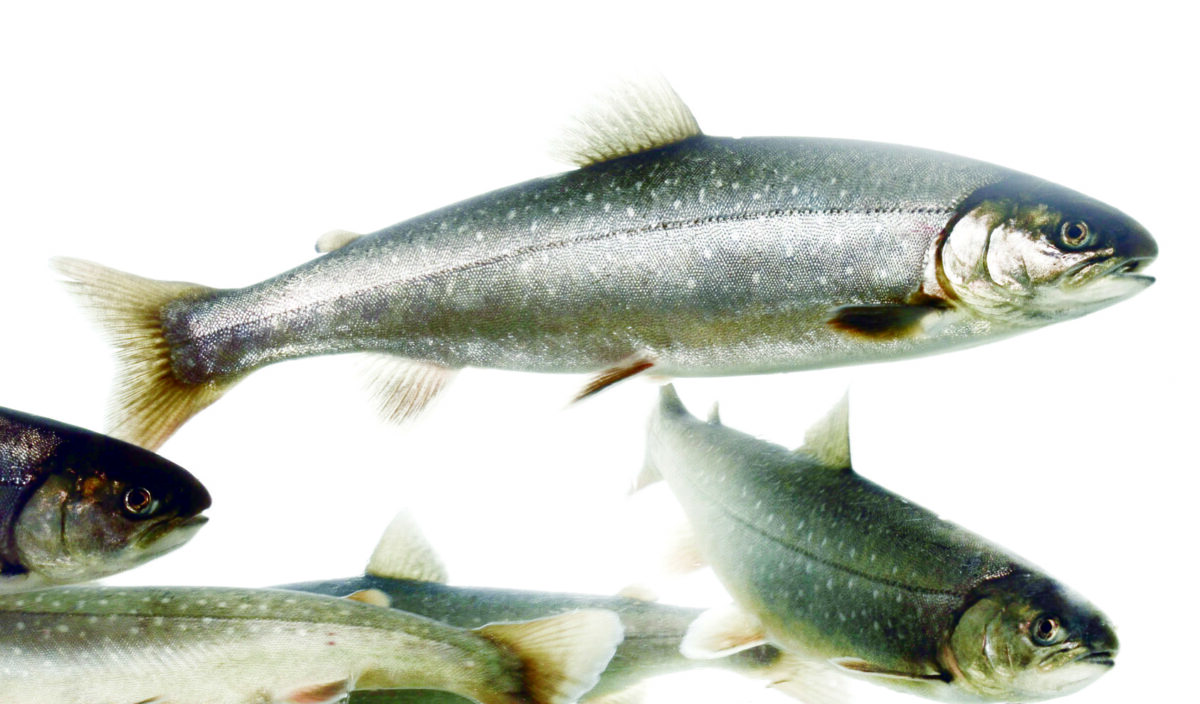Matís and the Icelandic Marine and freshwater Research Institute are leading a new international ISK 1.2 billion research and innovation project designed to address climate change and the threat to marine biodiversity. The project received funding from the European Union's Research Program, Horizon Europe, mission ocean.
The BioProtect project led by Matís and the Norwegian Marine Research Institute (Hafró) is about developing methodologies and technical solutions to facilitate decision-making about resource utilization or the protection of ocean areas. Emphasis is placed on good cooperation with economic partners, which are, for example, shipping companies and fisheries associations, municipalities and especially fishing communities, national and international governments, nature conservation organizations, research partners, policy makers and experts. The biodiversity of the sea will be monitored so that it will be possible to account for its status and predict possible changes. There will also be extensive mapping of the use and impact of humans on individual sea areas and species in the sea. An action plan for the prioritization of conservation and restoration measures will also be prepared, as well as an assessment of the ecological, social and economic effects of these conservation measures in five ocean areas, ie by Iceland, Norway, Ireland, Portugal and the Azores.
A total of 18 companies and organizations from across Europe are participating in the project, which is managed by Dr. Sophie Jensen, project manager at Matís. She is so faithfully supported by Dr. Julian Burgos of the Norwegian Marine Research Institute, who is the scientific leader of the project. It is a great honor and trust that Matís and the Institute of Marine Research are shown by being elected to lead this group of many of the best scientists in Europe in their field.

It is clear that the project will generate a lot of knowledge that will be useful to Icelandic society in the years to come to deal with climate change and the human threat to marine biodiversity. It is also nice to report that, through the project, 320 million ISK of international funding is being secured into Icelandic society.
The BioProtect project contributes, among other things, to European nations achieving the main goals of the Kunming-Montreal Global Biodiversity Framework agreement, which was signed at the end of 2022. It stipulates that states must protect 30% of ocean and land areas by 2030, and that agreement has been signed by more than 200 countries, including Iceland.
From the Hafranósnastofnun website:
The main goal of the Kumning-Montreal Convention is to protect biological diversity, which is now declining at a much faster rate than in known geohistorical time. Biodiversity is a complex term that can refer to genetic variation, species diversity, diversity in the characteristics of organisms, and more. Biodiversity is the basis of resource utilization as it ensures resilience in ecosystems, among other things against rapid environmental changes, such as climate change and ocean acidification. The stakes are therefore high that this goal will be achieved.




























